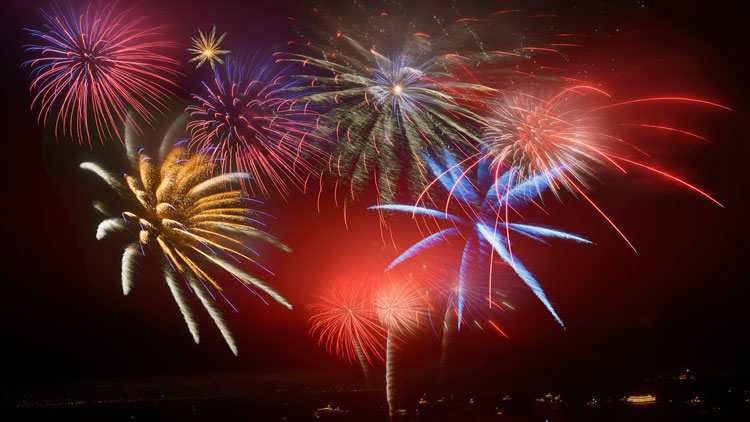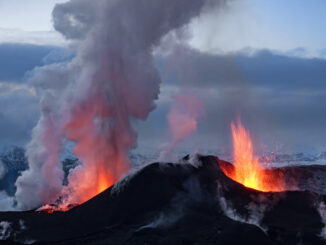
Fireworks are a spectacular show of art and science. With brilliant bursts of color accompanied by a whoosh, sizzle, and boom, fireworks have become a staple of summer celebrations. Have you ever stopped to think about the science behind the show? How do fireworks explode into so many colors and patterns?
Pyrotechnics Perfect Fireworks
The Chinese used fireworks long ago in their festivals by mashing up bamboo and adding some gunpowder. Many years later, pyrotechnicians in Italy invented a way for these explosions to be put into tubes. This design made fireworks safer and introduced the ability to make different shapes and colors.
Today, most fireworks are in a small tube called an aerial shell. This shell contains gunpowder and small explosive materials called “stars.” Each star is made of chemicals. All the lights, colors, and sounds of a firework come from these chemicals.
Explosive Science
The explosion of a firework happens in two steps.
1. First, a fuse is lit and gunpowder explodes. This initial explosion creates gas and energy in the form of heat, which creates a buildup of pressure. When the pressure gets too high and explodes, the aerial shell shoots up into the sky.
2. Once the shell is in the air, a time-delayed fuse ignites. This causes another small explosion, lighting more gunpowder. Pressure from heat and gas bursts the shell open, sending stars in every direction. During the explosion, layers of chemical reactions result in different sounds at different times. Other chemical reactions are seen by the different colors that they produce.
What Do You Think? Fireworks have come a long way since the Chinese invented them 2,000 years ago. What improvements would you make to fireworks?
Photo Credit: John Lund/Blend Images



